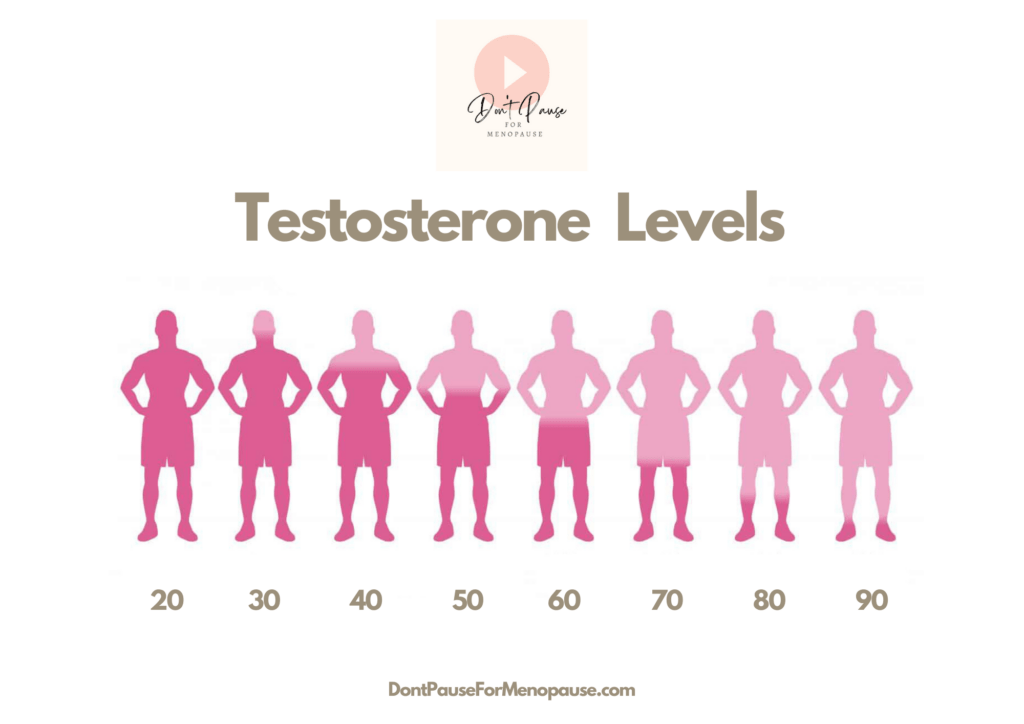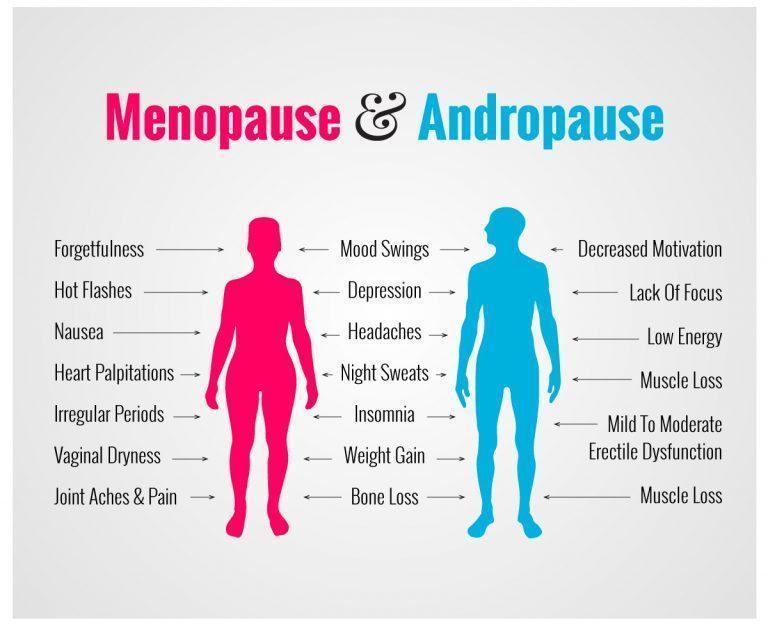Most of us are familiar with the menopause and the misery it causes for so many women. It is estimated that around 13 million people are currently peri or menopausal in the UK- the equivalent of a third of the entire UK female population.
In contrast however, much less is talked about the phenomenon of the ‘male menopause’. In today’s Wellbeing Wednesday feature, Sarah Cox, founder of Don’t Pause for Menopause considers the symptoms suffered during the ‘male menopause’ and the life transitions that take place during male middle age.
Just to clear this up, obviously men don’t stop having periods for 12 months and therefore go through menopause, but according to a lot of research they do face perimenopausal and menopausal symptoms as they age.
This was news to me as I focus on Menopause but it is something that I felt, to give a more balanced view and be inclusive, was important to investigate further. I have always stated that 51% of the population will go through menopause but virtually 100% will be affected in one way or another by it, either a loved one, family member, friend, work colleague or any other number of people we know are going through this and we have a responsibility to support them.
So, what if the other 49% could also face similar symptoms, and that this is not being talked about or supported either?
Well, it turns out they do and it’s referred to as Andropause or ‘The Male Menopause’.
The name Andropause comes from the Greek word ‘Andras’ which means male and ‘pause’ which indicates a cessation. Unlike perimenopause (for most people) Andropause comes on very slowly over a long period of time and is linked with the decline in testosterone in the male body.
Testosterone is the hormone responsible for deep voices, muscle mass, and facial and body hair for males. As men get older the level of testosterone in the body gradually depletes as part of the natural aging process, it is estimated that it decreases by around 10% every decade after men reaches the age of 30.
Although testosterone levels start notably dropping for men in their 30s onwards it is unusual for Andropause to present itself that early on, however it is estimated that approximately 30% of men in their 50s will experience symptoms of Andropause caused by low testosterone levels.

What to look out for?
Much like Menopause there are a wide range of symptoms, and as everyone is different, they will experience it uniquely to them, some may never even realise it is happening and unlike menopause others will not experience it at all so it is less easy to recognise. There are however signs to look out for that may indicate someone is in Andropause.
When we talk about Menopause some of the classic symptoms that are recognised are:
- Mood Swings
- Depression
- Headaches
- Night Sweats
- Insomnia
- Weight Gain
- Bone Density Loss
When talking about Andropause some of the classic symptoms that are recognised are:
- Mood Swings
- Depression
- Headaches
- Night Sweats
- Insomnia
- Weight Gain
- Bone Density Loss
I know, exactly the same, but add to that list difficulty in getting erections or getting erections that are not as strong as usual and we start to see differences, and also different Mental Health connotations.
In fact, as much as there are similar symptoms shared by Menopause and Andropause, there are also symptoms which tend to just affect one group (albeit not exclusively), as demonstrated below…

The biggest difference between this ‘male menopause’ and the female version is that for women the hormone production of oestrogen stops completely whereas the male hormone production of testosterone declines in a slower more controlled way and, in fact, a healthy man still produces testosterone, and can still make sperm, well into their 80s.
What can be done about it?
Firstly, as with any medical condition, getting a formal medical diagnosis by a qualified doctor should be paramount to start looking at how manage it.
Andropause is one name for ‘male menopause’ (and appears to be the most prevalent) but many names are given to this process, like male climacteric, androclise, viropause, androgen decline in ageing male (ADAM), ageing male syndrome (AMS), and late onset hypogonadism (LOH), to name a few!
It is important to not self-diagnose and to recognise that a lot of these symptoms are also part of the normal ageing process and may not be related or reversible.
But it’s not all doom and gloom. The good news is there are many things that can be done to help, much like for the menopause. A form of Hormone Replacement Therapy (HRT) is available called Testosterone Replacement Therapy (TRT) via skin patches, gels, capsules or bi-weekly / monthly injections.
As with HRT there are obvious trade-offs to weigh up when considering it but it has been shown to relieve many of the symptoms.
Also, much like for the menopause, diet, exercise, sleep and mindfulness can also directly help (I cover this in more detail here).
To be objective with this article I also need to state that there is still a lot of scientific and medical debate on this subject with some studies claiming the male menopause is more psychological than physical as the testosterone levels naturally drop so slowly.
This ‘grey area’ is also compounded by there being so many apparent names for it and the fact that some of the symptoms are ‘just’ age related, but there is a mounting body of evidence that supports Andropause and how it affects men as they age.
I for one am glad that I have been made aware of it and how it could be affecting my friends, family, loved ones and colleagues and think it is worth taking time to explore and support this further.
Sarah Cox is a Menopause Coach and Women’s Health Expert who specialises in helping companies understand what menopause is and what they can do to help and support their employees. She was a shareholding director in the Aviation industry but left that job in 2021 partly due to her own experience of menopause in the workplace. Sarah has since set up her own company and from her own lived experience and becoming a CPD certified Menopause Coach she now help others.
This article is not intended as a substitute for the medical advice of physicians. The reader should regularly consult a physician in matters relating to his/her health and particularly with respect to any symptoms that may require diagnosis or medical attention.
Click here to go to our Wellbeing section …
…
… and click here to subscribe to our daily newsletter – meaning you will never miss a thing.













